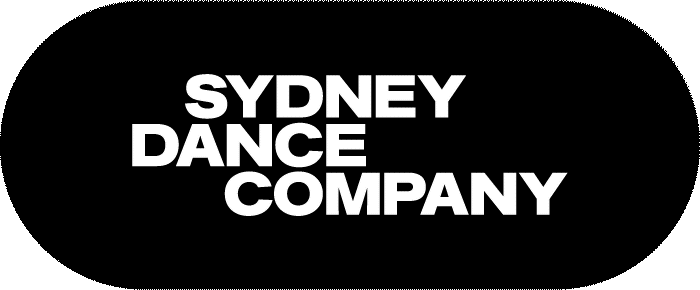School Holiday Workshops – Alec (aged 15) and his mum Leanne


published
As part of Sydney Dance Company’s 50th Anniversary celebrations Rafael Bonachela is re-staging his award-winning 6 Breaths.
Since its 2010 premiere 6 Breaths has toured to New York, London, Barcelona and the prestigious Movimentos Festival in Germany. We chatted to Rafael about his creative collaboration with Italian composer Ezio Bosso and their inspirations behind the work.
6 Breaths is the second work between Ezio and I where the concept for the music and the dance would come together from the very first thoughts. 6 Breaths became a true collaboration wherein we both fed from each other’s inspirations and arrived at a shared vision. We decided to create a work with six movements, 6 Breaths, composed of six cellos and a piano that would capture the values and aspects of breathing in the physical and also emotional way.
For our creative team, I decided to work with the Australian fashion designer, Josh Goot and also the Australian photographer and film maker, Tim Richardson – both now living in New York. Fortunately, a decade ago, I was new to Sydney, and was getting to know different artists and different collaborators. We were inspired by a quote from the Old Testament in the bible, “… and the Lord formed Man out of the dust in the ground, and breathed into his nostrils the breath of life, and Man became a living soul”. The poetry of the Old Testament was so evocative and we began interpreting something so old into creating a 3D scan of two of the dancers at that time, Richard Cilli and Annabel Knight. That was then digitalised and used in the film to create imagery where particles of dust, almost like oxygen would manifest into the forms of humans, the forms of people.
I remember sitting in a recording studio in the legendary Abbey Road in London listening to 6 Breaths being recorded by hand picked musicians from the best orchestras in London. It was the first time I was able to be present at a live recording where I watched Ezio conduct First Breath, Crying Breath and Under One’s Breath. Ezio himself was in a trance giving birth to his own creation, his hands, his arms and every bit of his being embodying his music, breathing as if being possessed by some spirit. If you can imagine, the cellos being the lungs and then Ezio making them breathe for the first time. He took my breath away. It was a moment that I will never ever forget.
6 Breaths is conceived in three layers: one is physical, the way in which our lungs function on the breaths, and the six cellos are the work of the lungs. The other layer is the several ways the English language describes human situations such as “In the same breath” or “Under one’s breath”.
Each movement starts with a solo piano mixed with the sound of life breathing, different lengths and themes, depending on the section. The work is divided into First Breath (life breath), Out of Breath (Breathless), Crying Breath (weeping), In the Same Breath (simultaneous), Under one’s Breath (whisper), and Last Breath.
When composing, Ezio believed the musical function was the ability to push the imagination and the curiosity of the listener, following an emotional side. He saw 6 Breaths as a cycle exactly as breathing is. Starting with the first breath (breath of life to the last breath).
In the middle of this cycle, there is the other research of Ezio’s work, the human being and his/her relations to the events of life. That’s the piano. In a sort of meta-theatrical conception the piano represents the process of the idea in the music (how we take life) and the human thoughts on breath are always before the breaths till the end.
Rafael Bonachela’s 6 Breaths is part of Season Two from 1 – 9 November in Sydney. Subscribe now and save 15% on tickets.